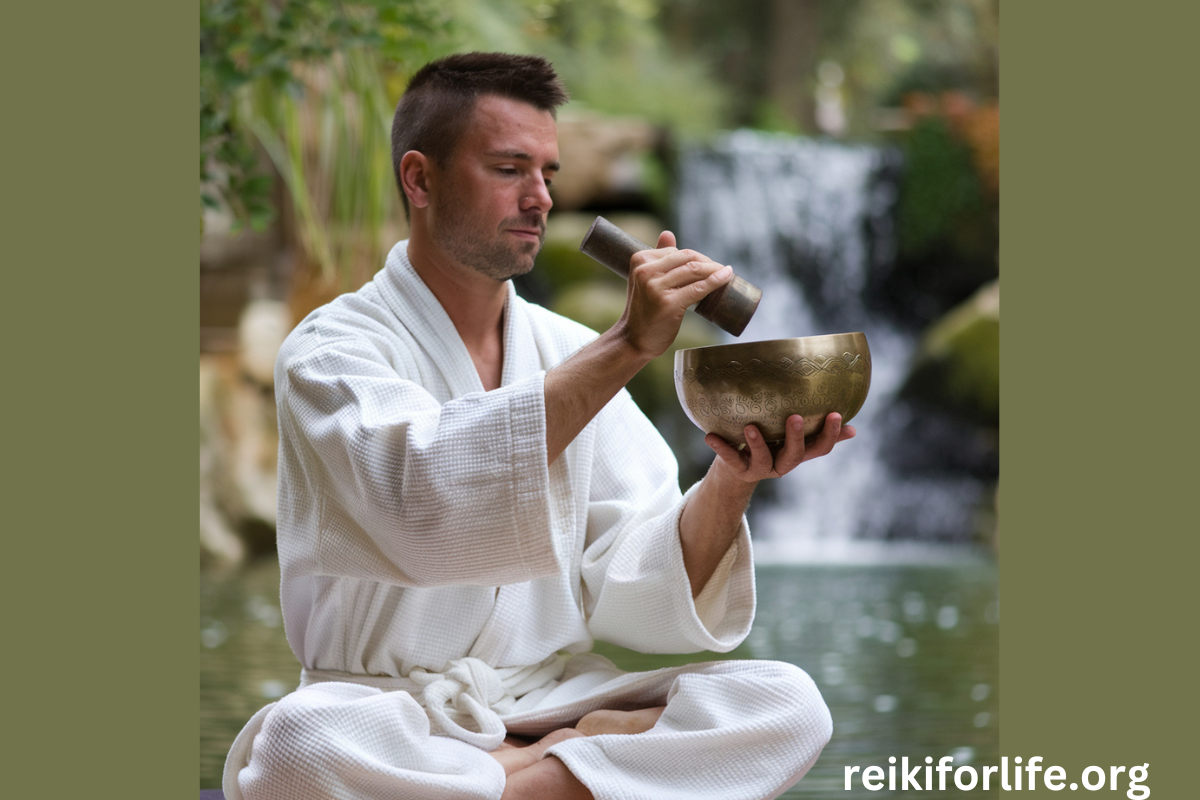Sound healing is an ancient practice that uses sound vibrations to improve physical and emotional well-being. It is a holistic approach to wellness, offering deep relaxation and stress relief.
The Origins of Sound Healing
Sound healing dates back thousands of years. Cultures worldwide, including the ancient Greeks and Tibetans, used sound for therapeutic purposes. Instruments like gongs, tuning forks, and singing bowls were essential in these practices.
The Science Behind Sound Healing
It works by creating vibrations that resonate with the body’s energy. These vibrations help release stress and promote harmony. Modern science supports this, showing that sound affects brain waves and calms the nervous system.
How Sound Healing Works
Key Techniques
- Tibetan Singing Bowls: Produce harmonic overtones that relax the mind.
- Tuning Fork Therapy: Uses calibrated forks to balance the body’s energy fields.
- Gong Baths: Immersive experiences that release emotional blockages.
Healing through sounds shifts brain waves into relaxed states like alpha and theta, fostering deep relaxation and healing.
Benefits of Sound Healing
Healing through sounds offers multiple health benefits, including:
- Stress Reduction: Calms the mind and lowers cortisol levels.
- Improved Sleep: Induces states of relaxation that promote restful sleep.
- Enhanced Focus: Improves concentration and mental clarity.
- Pain Relief: Helps alleviate chronic pain by promoting deep relaxation.
- Emotional Balance: Supports mental health by reducing anxiety and depression.
Studies show that sound therapies activates the parasympathetic nervous system, which helps the body rest and heal.
Statistics on Sound Healing
- A 2020 study revealed that 67% of participants experienced reduced anxiety after a sound therapy session.
- The global wellness industry, which includes healing through sounds, is valued at $4.4 trillion, according to the Global Wellness Institute.
- Over 30% of Americans have tried sound-based therapies, indicating its growing popularity.
These figures highlight the increasing acceptance of healing through in modern wellness practices.
Instruments Used in Sound Healing
| Instrument | Purpose |
|---|---|
| Tibetan Singing Bowls | Balances chakras and reduces stress. |
| Gongs | Promotes deep relaxation and emotional release. |
| Tuning Forks | Restores energy balance and alignment. |
| Crystal Singing Bowls | Enhances meditative states and focus. |
| Drums | Grounding and rhythmic relaxation. |
Each instrument creates vibrations that interact with the body’s natural energy fields.
Sound Therapies in Modern Healthcare
Sound healing is now integrated into:
- Mental Health Therapy: Used to manage anxiety and PTSD.
- Pain Management: Reduces discomfort in chronic pain conditions.
- Rehabilitation Programs: Aids recovery from physical injuries and surgeries.
Hospitals and wellness centers increasingly offer sound therapies as part of their services.
FAQs
What is sound healing?
It uses sound vibrations from instruments or voice to improve physical and emotional well-being.
How does sound therapy work?
It creates vibrations that calm the nervous system and balance the body’s energy fields.
Can sound therapy reduce stress?
Yes, it lowers cortisol levels and promotes deep relaxation.
Is sound therapy backed by science?
Yes, studies show that sound affects brain waves and activates the parasympathetic nervous system.
What instruments are used in sound therapy?
Common instruments include Tibetan singing bowls, gongs, tuning forks, and drums.
Can sound therapy help with sleep?
Yes, it promotes relaxation and helps regulate sleep patterns.
Conclusion
Sound healing is a transformative practice that bridges ancient wisdom and modern science. Its ability to reduce stress, improve focus, and promote emotional balance makes it a valuable wellness tool. Whether using Tibetan bowls or tuning forks, sound healing offers accessible and effective ways to enhance your health.











